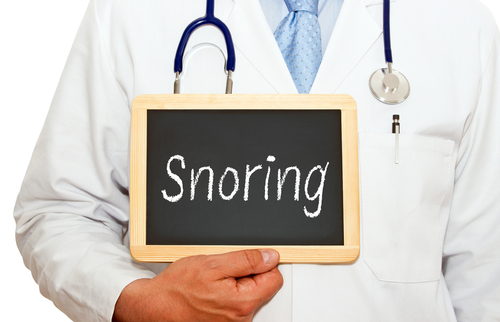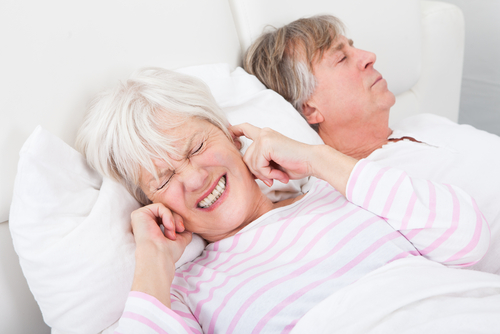 What is Obstructive Sleep Apnea
What is Obstructive Sleep Apnea
Are you tired during the day, even after you slept all night?
Do you fall asleep during the day when you don’t mean to?
Has your bed partner noticed that you snore loudly or make choking noises while you sleep?
If you answered ‘yes’ to any of the above questions, then you may have Obstructive Sleep Apnea.
Obstructive Sleep Apnea, or OSA, is a common sleep disorder. If you have OSA, it means that your airway collapses part or all of the way while you are sleeping. The muscles of the upper airway relax when you fall asleep. If you sleep on your back, gravity can cause the tongue to fall back. This narrows the airway and can reduce the amount of air getting into the lungs. A narrowed airway causes snoring by making tissue in the back of the throat vibrate. An apnea is when the airway is completely closed, and so breathing temporarily stops.
The airway can collapse repeatedly during the night. Air can’t get to your lungs, resulting in a lack of oxygen. You wake up, so you can start breathing again. Frequent awakenings at night can cause sleepiness during the day. The lack of oxygen and frequent nighttime awakenings have negative consequences for your health.
Signs of OSA include:
- Loud or frequent snoring
- Choking or gasping while you sleep
- Morning headaches
- Daytime sleepiness or tiredness
- Trouble concentrating
You are at an increased risk for OSA if you are:
- Overweight
- Hypertensive
- Male with a neck size of 17 inches or more
- Female with a neck size of 16 inches or more
- Male over the age of 40
- Female over the age of 50
Not all people with OSA have these risk factors. Children can have OSA as a result of large tonsils or narrow airways. Young adults, even those who are physically fit, may also have OSA. It is impossible to diagnose OSA just by looking at someone.
How is OSA diagnosed?
Your health care provider can refer you for a sleep evaluation. Breathing and the amount of oxygen in your blood are measured during the study. The sleep evaluation may occur in a sleep center. Your results will help your health care provider make a diagnosis.
OSA is treatable. It is important to get tested and treated.
Risks of OSA include:
- High blood pressure
- Heart attack
- Stroke
- Pre-diabetes and diabetes
- Depression
Obstructive Sleep Apnea Treatments
Positive Airway Pressure Therapy, or PAP therapy, can prevent or reduce the serious health consequences of OSA. PAP therapy helps people with all levels of OSA, from mild to severe. It is the most common therapy for OSA.
There are different forms of PAP therapy. All forms help by keeping the airway open during the night. These devices provide a stream of air through a mask you wear while you sleep. The airstream prevents your airway from closing, so you don’t stop breathing and wake up during the night.
The mask must fit and make a seal in order to keep your throat open. A good mask seal will prevent air leaks and maintain the right level of air pressure. The amount of air pressure needed is different for each person.
There are other treatments for OSA. You can talk to your health care provider about which treatment is right for you.
If you are overweight, weight loss can help improve or eliminate your OSA. Oral appliances are used to treat mild to moderate OSA. They fit over the teeth and are worn during sleep. People with OSA may have surgery to reduce the tissue in their throats or to help them lose weight. Lifestyle or behavioural changes, such as quitting smoking or not drinking alcohol, can also help treat OSA.
Speak with your health care provider if you think that you may have OSA.



